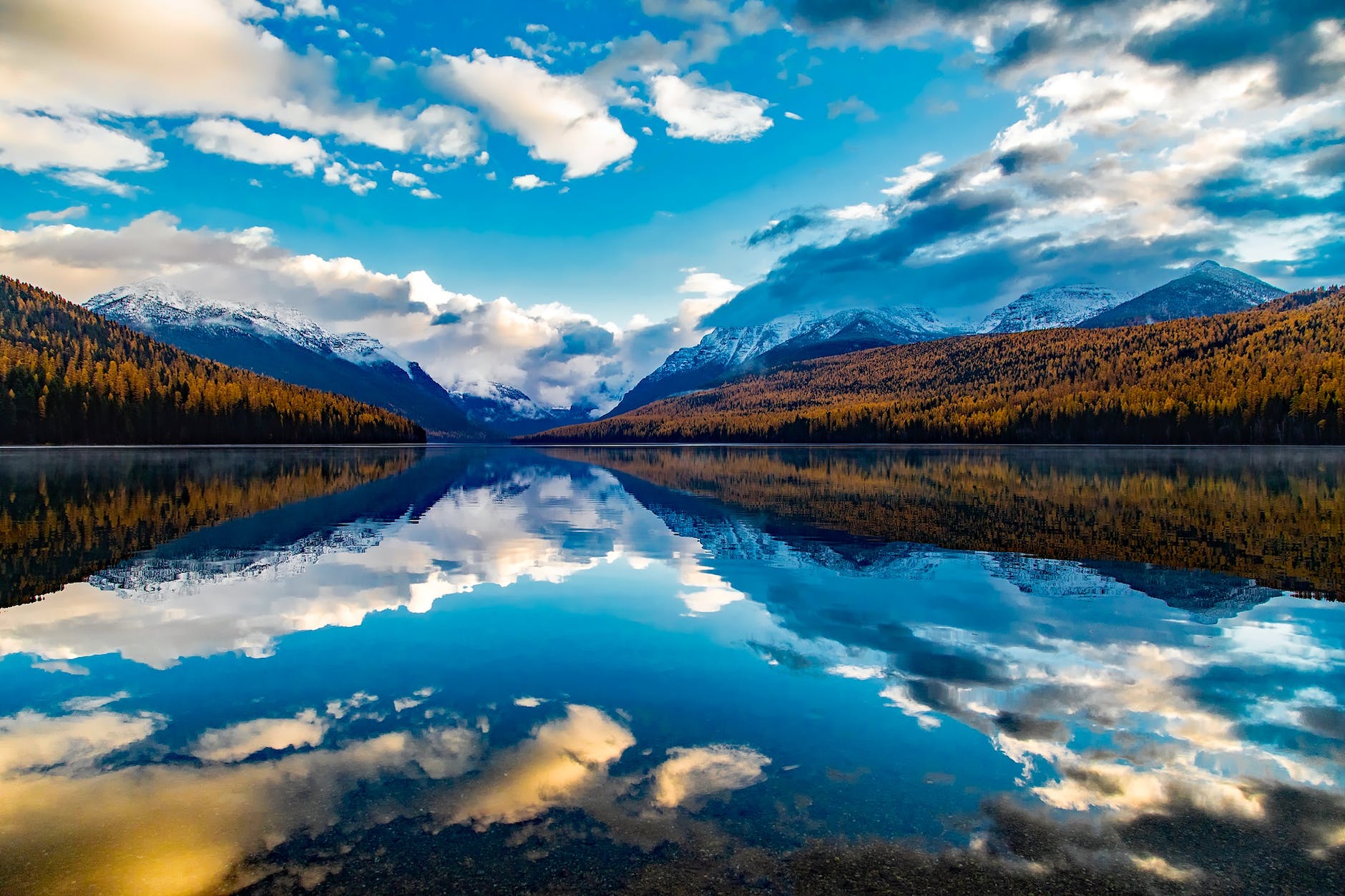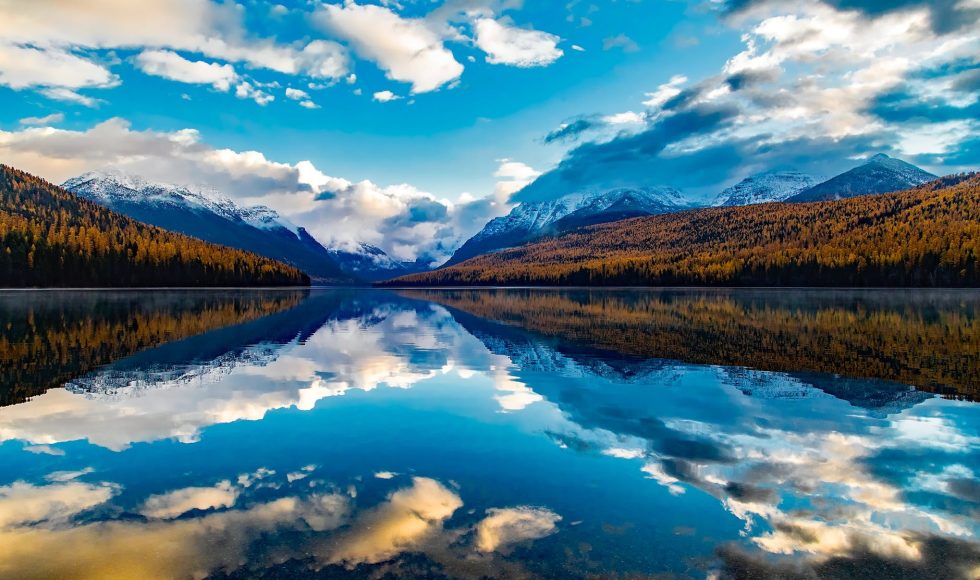Megan Radosevich from Carroll College presented at the Nanopore Community Meeting 2021 on “Analyzing regional and seasonal microbial community variation from a contaminated Montanana river.” Their project is called CREWS: Consortium for Research on Environmental Water Systems that is funded by the Montana NSF EPSCoR Partnership with several colleges and universities in Montana. A central objective is to involve students and faculty and members of the community. The main research goal is to study water quality issues. The project is very large, and several disciplines are involved. Known as “The Richest Hill on Earth,” the Upper Clark Fork River had extensive mining and a 1908 flood contaminated the waterway. It is one of the largest EPA Superfund sites in the United States. Major environmental factors need attention: there is heavy metal contamination and nutrient enrichment from municipal and agricultural development. Research and cleanup efforts have been active for over a decade, Radosevich noted. However, microbial community analyses have not been performed. The CREWS team is studying thirteen research regions along the river. Radosevich processed 16S sequence data to learn about the regional and seasonal variation of microbial communities. The team collected samples, focusing on what was growing on rocks. For this, they used brushes and collected the biomass. They extracted DNA and amplified the 16S amplification and library preparation. They used Guppy and EPI2ME for analyses. Radosevich shared graphs that showed an abundance of cyanobacteria. Radosevich wanted to learn about the cyanobacterial populations along the river since there have been toxic algal blooms. In the future, they want to increase sample collection and connect microbial community data to other metadata obtained by team members. This is an awesome undergraduate research project that has numerous possibilities for variations and community engagement. It also seems they are using R to plot the data with Phyloseq.



